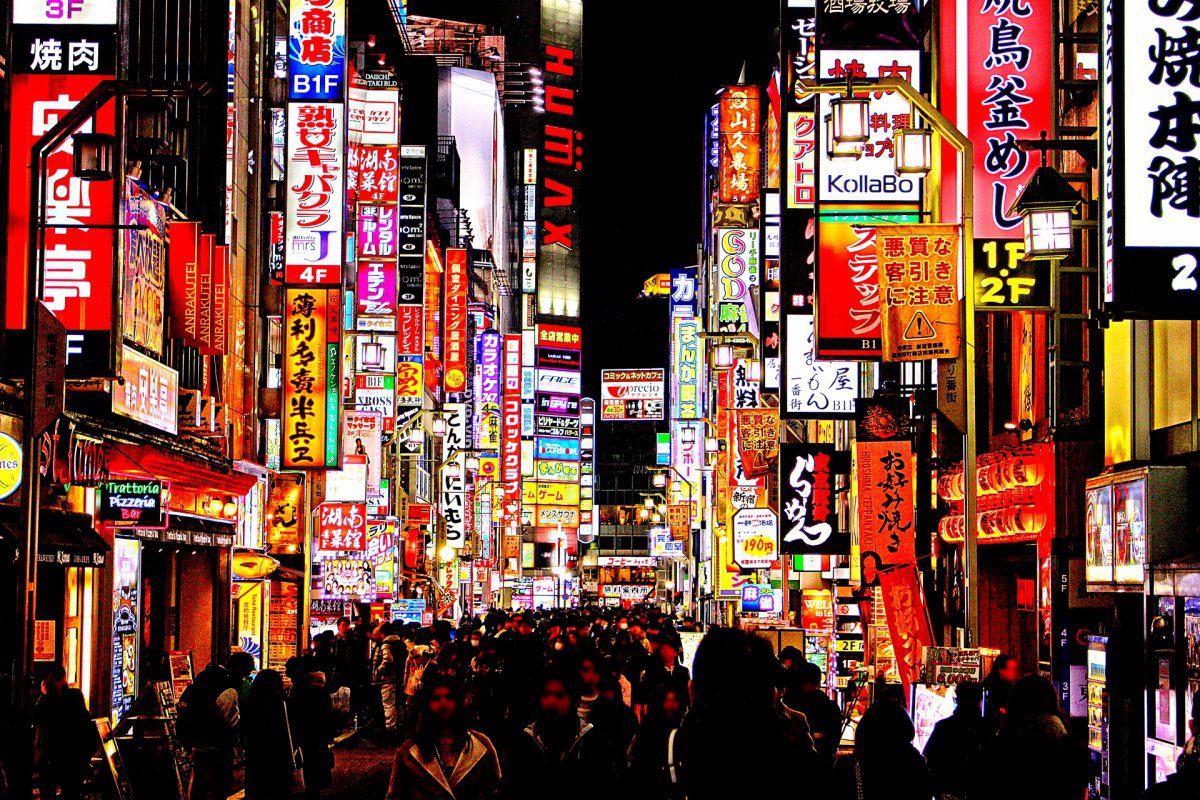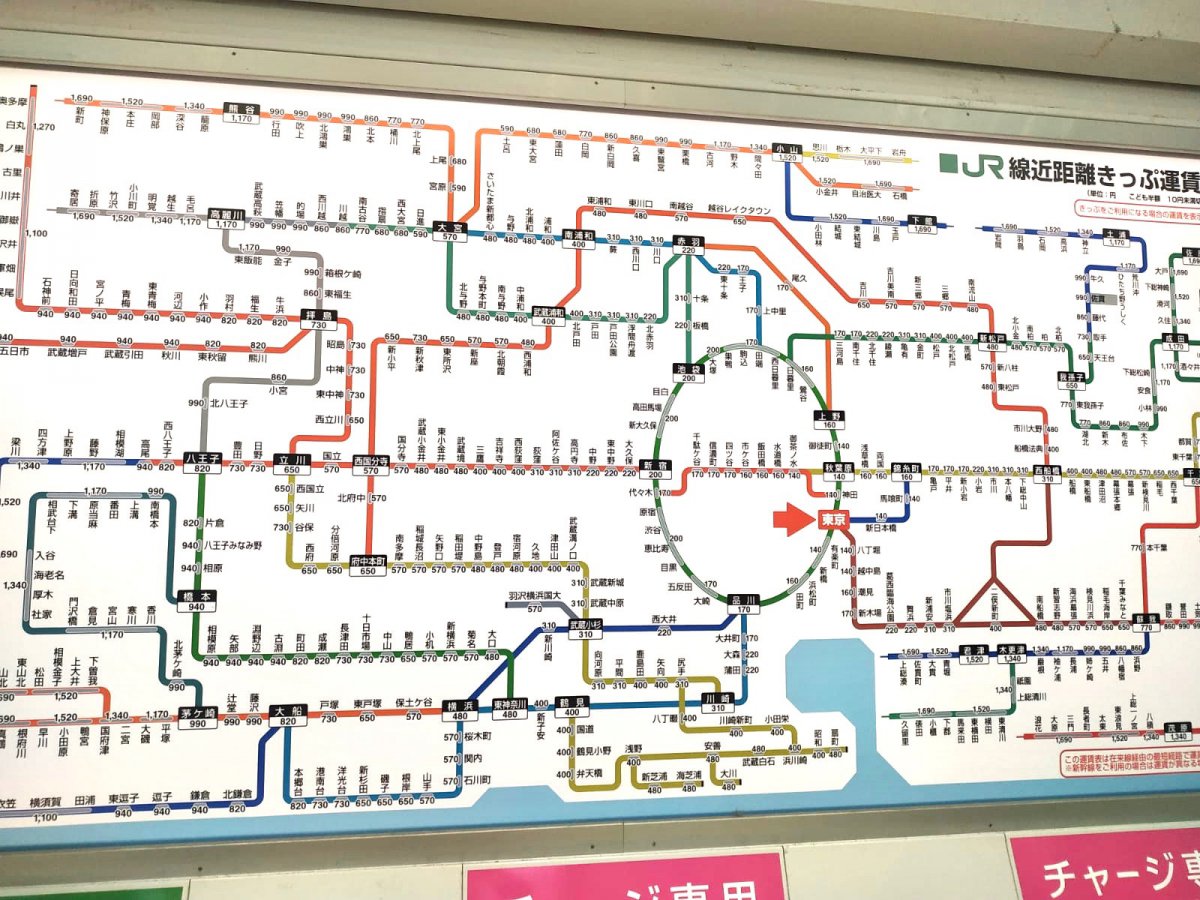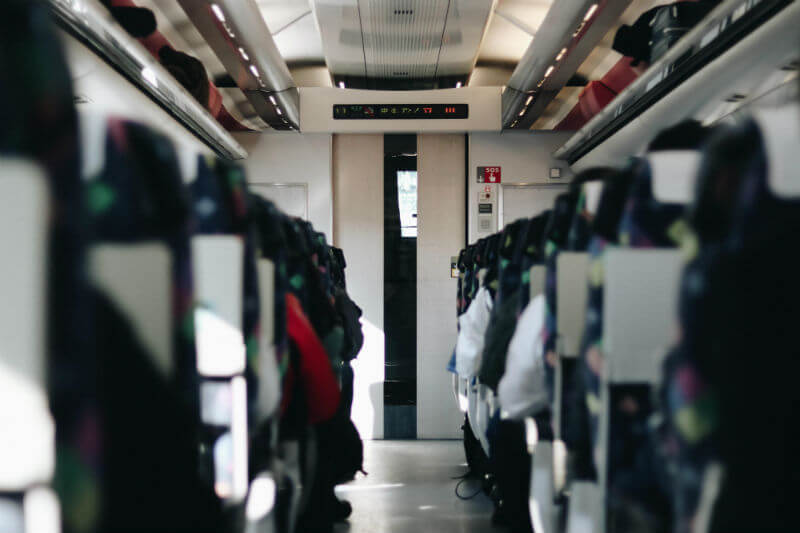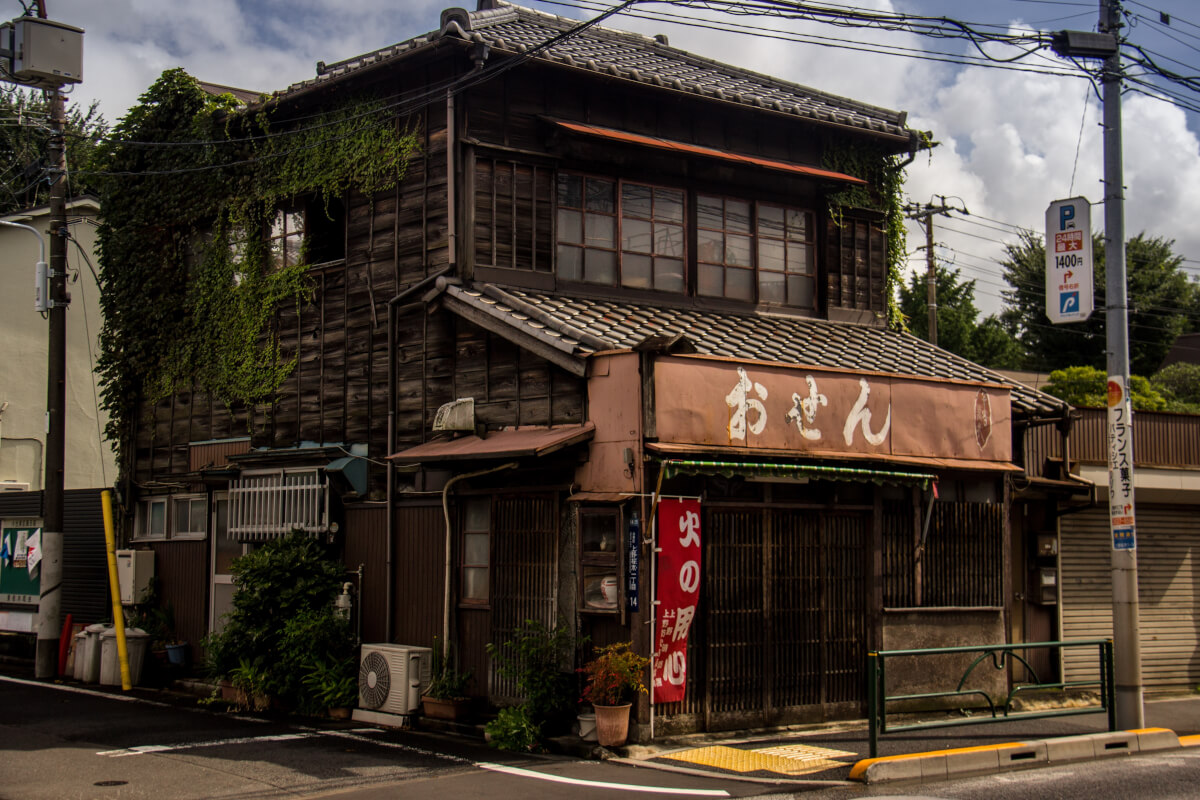When travelling to Japan, or to any other country, you want to be prepared. Not only because anticipation is half of the fun, but also you want to prevent finding yourself in unwanted situations or missing out on things. You’ll research what currency is used [Japanese Yen], what power plug is needed [ungrounded with two pins, 100V], how to get around [the public transport in Japan is great] and all things you want – need – to know. Chances are your to-do-and-don’t-list will be long, so let us help you and give you some recommendations on the basics: all the things we think you should know to ensure your trip to Japan is fun and only full of good surprises.
1. Plan your trip (but don’t overdo it)
Japanese people are big fans of planning, they will easily plan weeks or months ahead. And giving that the number of holidays here is limited, you can imagine that the public holidays are extra busy days at the main attractions. When possible we recommend to keep the public holidays in mind and perhaps avoid the highlights. Next to the cherry blossom season, Japan’s busiest holiday seasons are: Golden Week (May), Obon week (mid August) and New Years (the week of New Years). During these seasons domestic and international travel will increase significantly and the same goes for the prices. Trains, airports and sightseeing spots get very crowded and accommodation in tourist areas can get booked out well in advance.
Also, you might not consider seriously about the travel insurance when you plan your trip. But it’s always good to be prepared just in case! Read more about the best travel insurance
Planning weeks, even months, in advance is a very common thing to do in Japan. So you can probably imagine you should plan (parts of) your travel too. We’re not saying you should plan every part of your trip, it is a holiday after all, but do make sure to book your top to do’s on time. Especially when you go in the high season. Read our blog tickets you want to buy before going for more about the popular tickets.
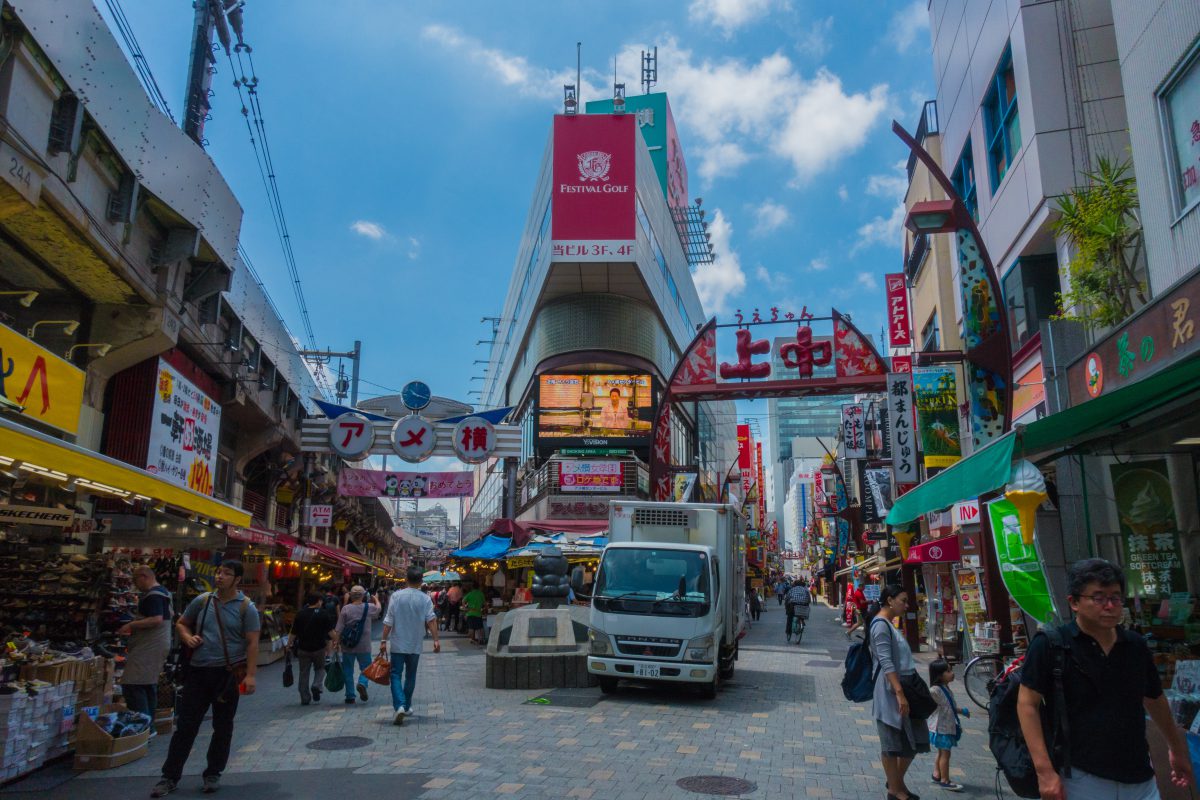
When is the best time to travel to Japan?
Well, that is a trick question really. That all depends on your personal preferences. Japan has four seasons and they all have its up and downsides. Generally speaking:
Crispy blue skies in winter
Touristic hotspot and cities will generally be less crowded in the winter season. Most tourist that travel to Japan in winter, come for the great snow conditions – sunny and dry. It is also one of the best seasons to see Mt. Fuji, because of the likelihood of clear blue skies!
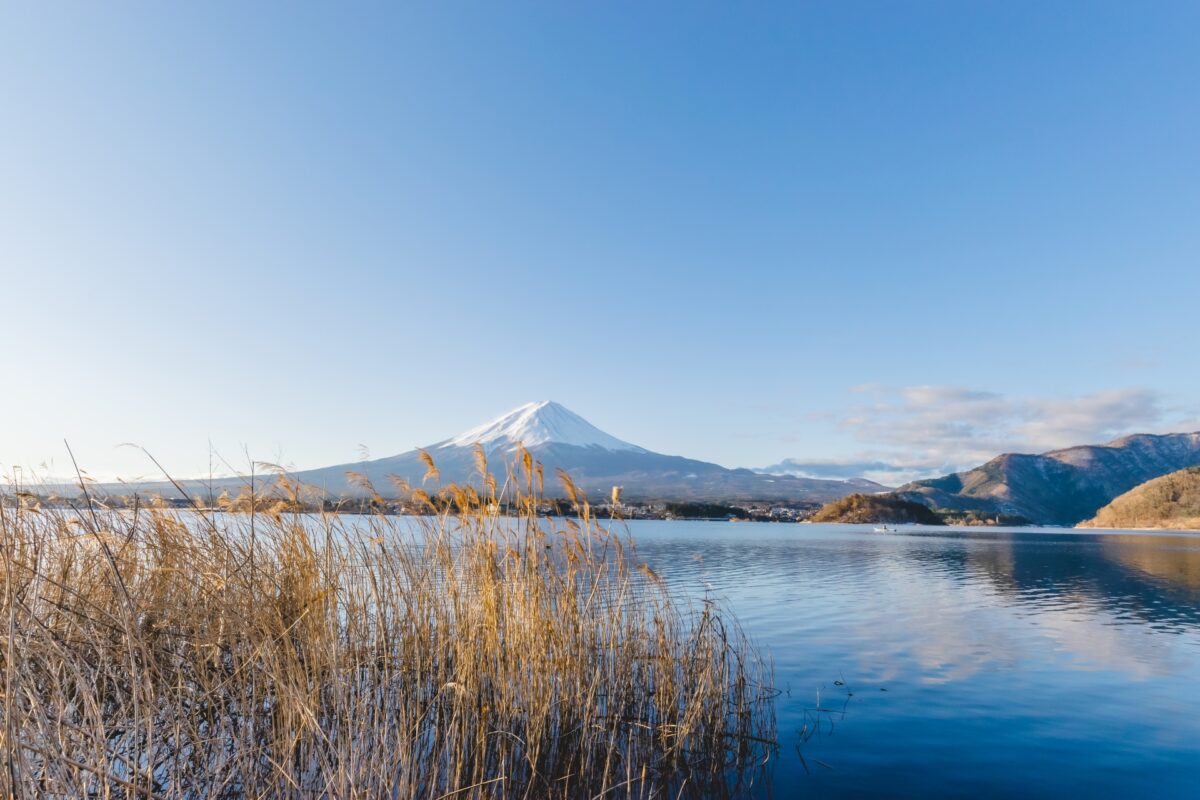
Cherry blossom viewing in spring
The conditions during spring make this period a great time to visit. The period before the rainy season has pleasant temperatures and is great for sightseeing. However, do expect large crowds of people everywhere. The sakura season attracts literally thousands of visitors so do expect crowded places.
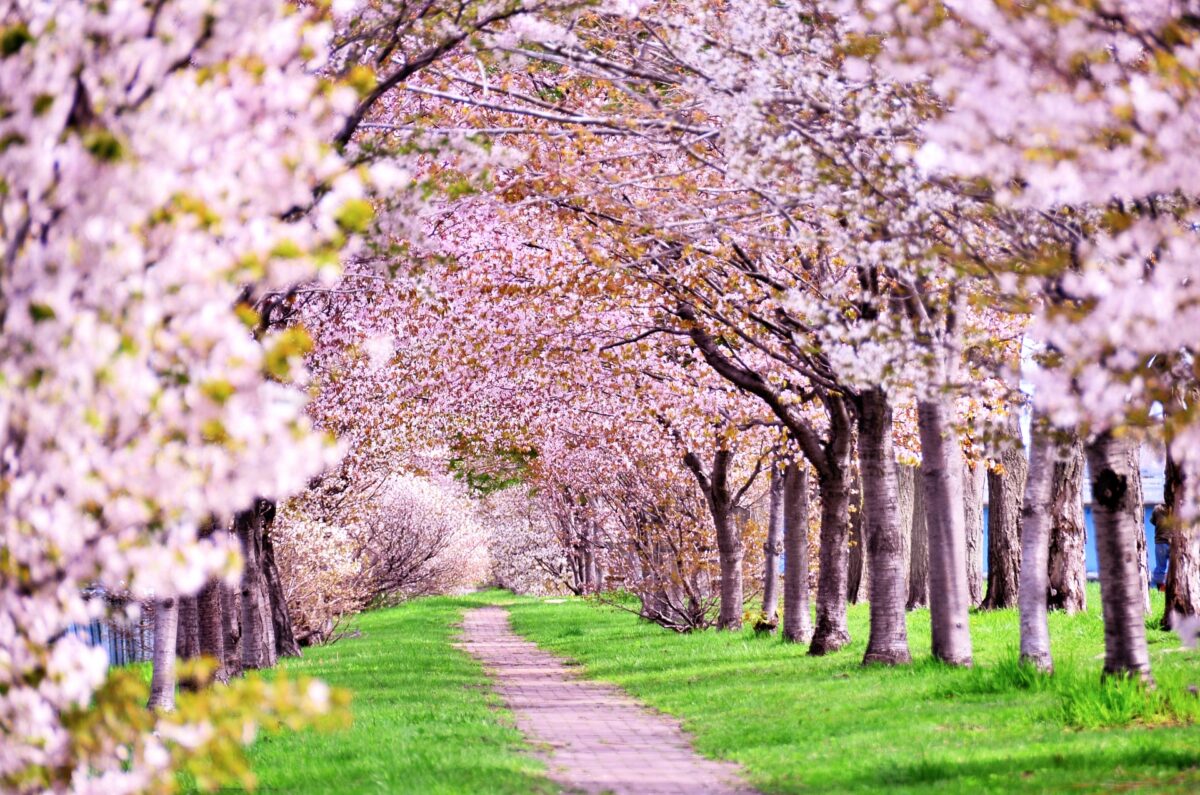
Hot summers with an occasional typhoon
The summer in Japan kicks off with the rainy season or tsuyu in June, followed by the two hottest months of the year. Summer in Japan means high temperatures and humidity, especially in the cities. In addition, typhoons are not uncommon. These conditions make for an unpopular time to visit, which has its advantages: less tourists and lower prices. Also, during the summer months, many festivals with stunning fireworks take place.
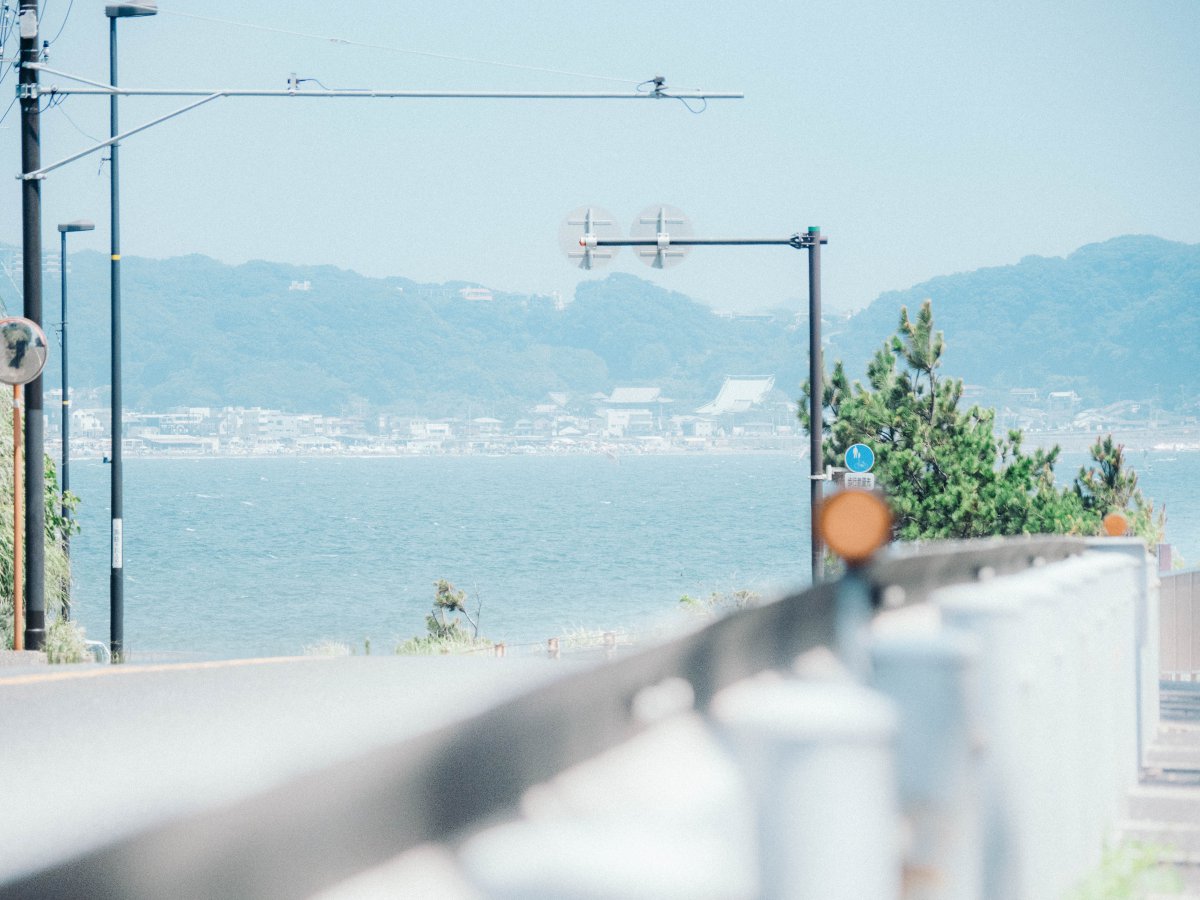
Beautiful autumn foliage during fall
Autumn is arguably one of the best seasons to visit Japan, with pleasant temperatures and stunning nature sights. The autumn coloring kicks off at the north, making its way down south, showing off its beautiful red, orange and yellow leaves. Because the temperature is still pleasant, it is a popular time to travel in Japan, but it won’t be as busy as the sakura season.
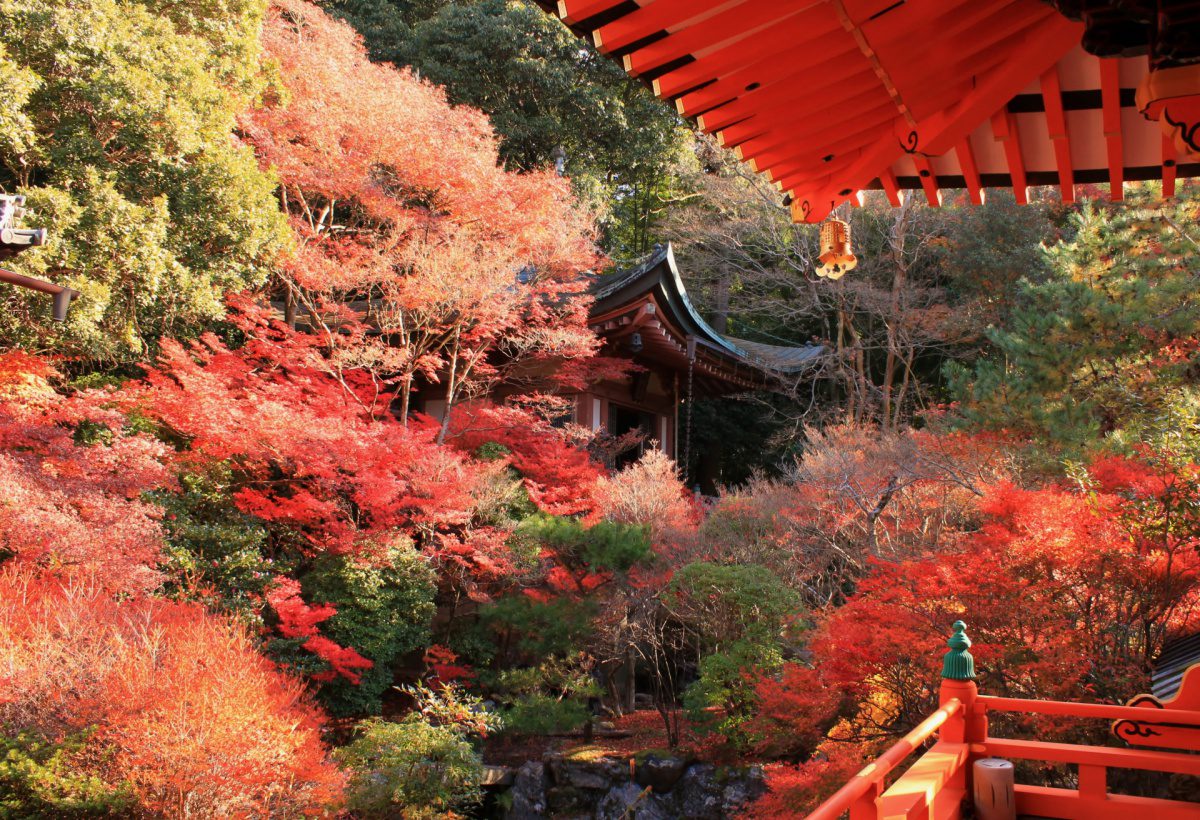
Deciding on the best time to travel to Japan really comes down to your own preferences, though, we recommend you to plan your visit in autumn. When the crowds are still manageable, the temperature is pleasant and the autumn colours ensure amazing views. Just make sure to look at the weather forecast so to bring the right clothing and always pack an umbrella to protect you from the rain or bright sun.
2. Learn some Japanese
Even though more and more Japanese locals do speak English nowadays – most speak English better than they admit – making yourself understood in English can be a challenge. Also, you will not always find English translations, even at the main attractions English information is often limited. It is wise to get yourself a good translator app that also works offline. For example, with Google Translate you can download a Japanese translation file that will help you even when you’re offline.
Also, you might want to learn some basic Japanese words. Being able to say hello and thank you in the local language might boost your confidence and it definitely will be highly appreciated. Here a few words that will come in handy during your trip to Japan!
Recommended:
– Useful Japanese Expressions When Traveling in Japan
– Let’s Learn Japanese! Basic Concept & Easy Phrases
| Japanese | Meaning | Pronunciation |
| おはようございます | Good morning | Ohayo gozaimasu |
| こんにちは | Hello | Konnichiwa |
| ありがとうございます | Thank you | Arigato gozaimasu |
| すみません ごめんなさい | Excuse me | sumimasen / gomennasai |
| [order] おねがいします | [order] please | [order] onegaishimasu |
| いらっしゃいませ | Welcome | Irashaimase |
| いただきます | Let’s eat | Itadakimasu |
| ごちそうさまでした | Thank you for the food | Gochisosamadeshita |
3. Cash is king
In Japan, cash is king! Even though the use of (credit) cards is promoted heavily nowadays – it is not unusual to get a (small) discount when paying by card, some places still only accept cash. It is convenient to always carry some cash around with you. Not to worry about carrying large amounts of cash around, Japan often is at top of the lists ‘safe countries around the world’, with a low crime-rate.
4. Reliable and safe public transportation
The highly developed public transportation system in Japan is known for its frequency and punctuality. Especially in the bigger cities and travelling between them is done fairly easy. Once you get used to the sight of Japanese everywhere, you will realize there is also a lot of English written and spoken. On the trains and buses in Tokyo and Kyoto and the Shinkansen for example, stations will be announced in English and often also appear on the screens. Next to this, the Japanese transport network is also very clean and often very comfortable!
One of the things that makes riding the trains very comfortable is that, generally, people do not talk on the train. Hearing people talking on the phone is very unusual, and when this does happen, it is often not a local person. Add to this that Japan is a very safe country, and you will understand why so many people feel perfectly comfortable sleeping on the train.
“When you plan on travelling around Japan, be sure to check out the Japan Rail Pass. This transportation pass can save tourists a lot of money!
Read more about this option in our blog Japan Rail Pass: What is it and how to get it
5. Wear comfortable and presentable footwear
Most destination are easily explored on foot and Japan is no exception. The transportation system is topnotch but it is often still easier (and cheaper) to get around walking especially the big city like Tokyo and Kyoto. Also offering you the opportunity to see more. As any other trip, bringing comfortable shoes is a must therefore. But also know that in Japan it is custom to take your shoes off at many places such as shrines and temples, (traditional) hotels called ryokan, restaurants and bars and even in shops. In these situations you don’t want to walk around in your socks with holes in them. Prevent yourself from feel embarrassed and bring presentable footwear!
6. Fly into Haneda instead of Narita

In most cases, flying into Haneda airport is much more convenient to fly into that Narita Airport, due to its location. A train ride from Haneda to Tokyo Station takes approximately 25 minutes and costs around ¥650, whereas the train ride from Narita to Tokyo Station will take you around an hour and usually costs around ¥2,600.
Note that the trains in Tokyo are not 24 hour and from midnight until about 5am, the only way to get to and from the airport is the infrequent shuttle bus. The lack of off-hour transport options can sometimes leave you stranded. Another reason to do a bit of planning!
7. Get yourself connected with pocket WiFi
Nowadays free wifi hotspots are more and more common in Japan. Airports, major train stations, some bus terminals and museums will have wifi, as will restaurants and most hotels. But there are still many places that don’t offer wifi, including some trains (also some Shinkansen trains) and traditional ryokans (Japanese hotels – a must do!) or anywhere away from of the touristic spots. Pocket wifi is a good option to make your travel just a little easier. Pocket wifi is offered through a small device that connects to the cellular phone network to create a local wireless network. Pocket wifi is available at the major Japanese airports or via the internet for delivery to your home or hotel.
▶Get the best Pocket WiFi in Japan
Use the coupon code JWT2020 for the 71% off discount!
Surely you will find yourself in a situation where you wish you had done some more research, but that is also the excitement of travelling, right? Discovering new things, new experiences and learning about cultural differences, it all adds to the experience. No doubt you will have a great time and enjoy your trip to Japan. Hopefully this article and many more on our blog will help you find even more value in your trip, and ultimately your experience with Japan, its sights, and its people.
You don’t know what to pack for your Japan trip? Here’s the ultimate packing list for you.
If you are looking for inspiration for your trip, have a look at our readymade itineraries. We are also happy to help you with your itinerary, feel free to contact us or if you have anything to add, comment to this blog!
Follow us on Instagram or Facebook for more travel inspiration. Or tag us to get featured!
Happy traveling!
